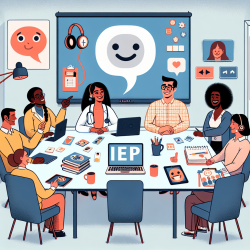For most of our nation's history, schools were allowed to exclude certain students, especially those with disabilities. Since the 1960s, there has been a great deal of federal legislation that relates directly or indirectly to individuals with disabilities. Additionally, court decisions rendered at the state and federal levels now protect the rights of students with disabilities and guarantee a free and appropriate public education. In 1975, Congress passed PL 94-142, "The Education for All Handicapped Children Act." This legislation mandated for the first time a free and appropriate education for all students with disabilities (FAPE), ensured due process rights, mandated Individual Education Programs (IEPs), and instruction in the Least Restrictive Environment (LRE). PL 94-142 has been the core of federal funding for Special Education. In 1990, Congress added amendments to this law and renamed it the "Individuals with Disabilities Education Act" (IDEA). The 1997 Amendments to the IDEA (PL 105-17) is the current law. Here are some key components of IDEA:
- Free and Appropriate Public Education (FAPE): Ensures that all students with disabilities receive an education tailored to their individual needs at no cost to the parents.
- Individual Education Programs (IEPs): Mandates a written plan for each student with disabilities, outlining specific educational goals and the services required to achieve them.
- Least Restrictive Environment (LRE): Requires that students with disabilities be educated with their non-disabled peers to the greatest extent appropriate.
- Due Process Rights: Guarantees parents and students the right to challenge decisions made by schools regarding the student's education.
IDEA has significantly improved the educational opportunities for students with disabilities, ensuring they have the same chances for success as their peers. For more information, please follow this
link.










